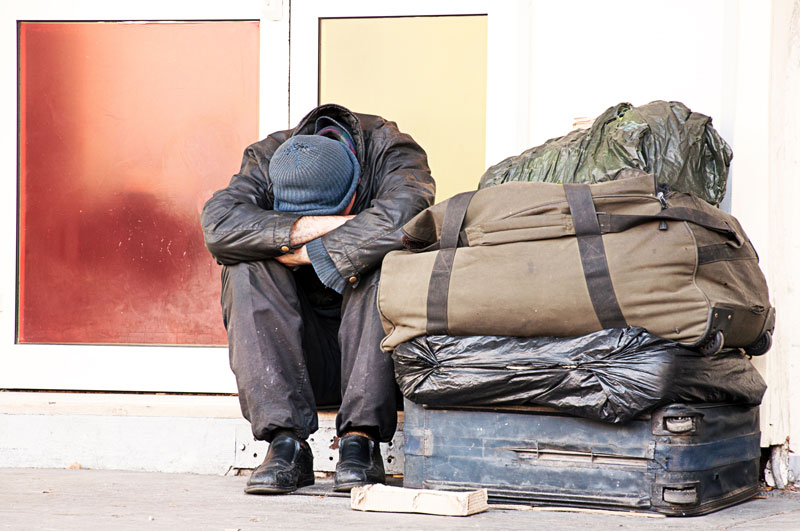
- Medicaid-funded transitional housing supports
- Permanent supportive housing services (case management, tenancy support)
- Addressing health conditions worsened by housing instability
Housing & Homelessness in the Context of A.V.E.R.T. Harm
Introduction
Housing stability is a fundamental determinant of health and safety. Lack of stable housing or homelessness significantly increases vulnerability to physical illness, mental health challenges, substance use, interpersonal violence, and systemic harm.
A.V.E.R.T. Harm emphasizes that housing insecurity is not only a social issue but a critical area for proactive harm identification, intervention, and systemic response. Providers, responders, peers, and public health leaders all play a role in mitigating harm related to unstable housing.
1. Key Challenges of Housing & Homelessness
-
Exposure to extreme weather, violence, and unsafe environments.
-
Increased risk for chronic disease, infectious disease, and mental health crises.
-
Barriers to accessing medical care, social services, and supportive resources.
-
Social isolation, stigma, and reduced social capital.
-
Cycles of systemic neglect or repeated harm due to unstable housing policies.
2. Role of Clinical Services
-
Provide medical care in accessible locations for people experiencing homelessness (mobile clinics, outreach programs).
-
Screen for chronic diseases, mental health issues, and substance use.
-
Connect patients to shelters, supportive housing, and long-term care facilities.
-
A.V.E.R.T. Harm Role: Clinicians use structured assessment tools to detect hidden or cumulative harms and escalate interventions as needed.
3. Role of Social Services
-
Case management to address housing applications, rental support, and utility assistance.
-
Access to food, clothing, transportation, and legal aid.
-
Support for reintegration into stable housing and independent living.
-
A.V.E.R.T. Harm Role: Identifies systemic gaps in housing access and ensures connection to social resources to reduce risk.
4. Role of Community & Frontline Support
-
Peer outreach to engage people experiencing homelessness and build trust.
-
Assistance navigating shelters, emergency services, and community programs.
-
Harm reduction support for individuals at risk of substance use or mental health crises.
-
A.V.E.R.T. Harm Role: Community and peer networks act as first-line observers, identifying emerging risks, providing immediate support, and linking individuals to clinical and social services.
5. Role of Public Health & Systems Leadership
-
Advocate for policies that expand affordable housing, shelter access, and protective legislation.
-
Implement population-level programs to monitor homelessness trends and emerging risks.
-
Coordinate multi-agency partnerships across housing, health, and social service systems.
-
A.V.E.R.T. Harm Role: Uses surveillance and systemic approaches to anticipate harm, allocate resources, and reduce inequities in housing and health outcomes.
6. Integration with A.V.E.R.T. Harm
-
Early Detection of Risk: Using S.C.A.N.™, H.A.R.M.O.N.Y., and A.B.C.D.E.™ frameworks to identify individuals at immediate or cumulative risk due to unstable housing.
-
Peer-Led Engagement: Trusted peers support individuals experiencing homelessness, providing guidance and facilitating connections to services.
-
Systems-Level Response: Coordination between clinical, social, community, and public health systems ensures holistic interventions.
-
Preventive and Long-Term Harm Reduction: Address root causes of housing instability to prevent recurrent cycles of harm.
7. Skills and Competencies
-
Trauma-informed care for individuals experiencing housing insecurity.
-
Knowledge of local shelters, housing programs, and community resources.
-
Ability to assess for cumulative social and health risks associated with homelessness.
-
Collaborative skills to coordinate with multiple service systems.
-
Advocacy and leadership to influence policy and community-based solutions.
8. Best Practices
-
Implement low-barrier access points for clinical and social services.
-
Use peer support and community engagement to build trust and reduce harm.
-
Advocate for systemic changes to expand housing availability and equity.
-
Continuously monitor and evaluate interventions using data-driven approaches.
-
Integrate cross-sector coordination to ensure continuity of care and support.
9. Conclusion
Housing stability is a critical determinant of health, safety, and overall well-being. Within the A.V.E.R.T. Harm framework, addressing housing and homelessness requires coordinated action across clinical, social, community, and public health systems. Providers, responders, peers, and leaders can reduce immediate and long-term harm by assessing risks, intervening holistically, and advocating for systemic change, ensuring individuals have access to safe, stable, and supportive living environments.
If you like, I can now continue creating modules for the remaining A.V.E.R.T. Harm categories—such as Mental Health & Behavioral Risk, Reproductive Health, Youth Risk, Elder Health, and Digital/Algorithmic Harm—so that every category has a fully contextualized, integrated guide.








